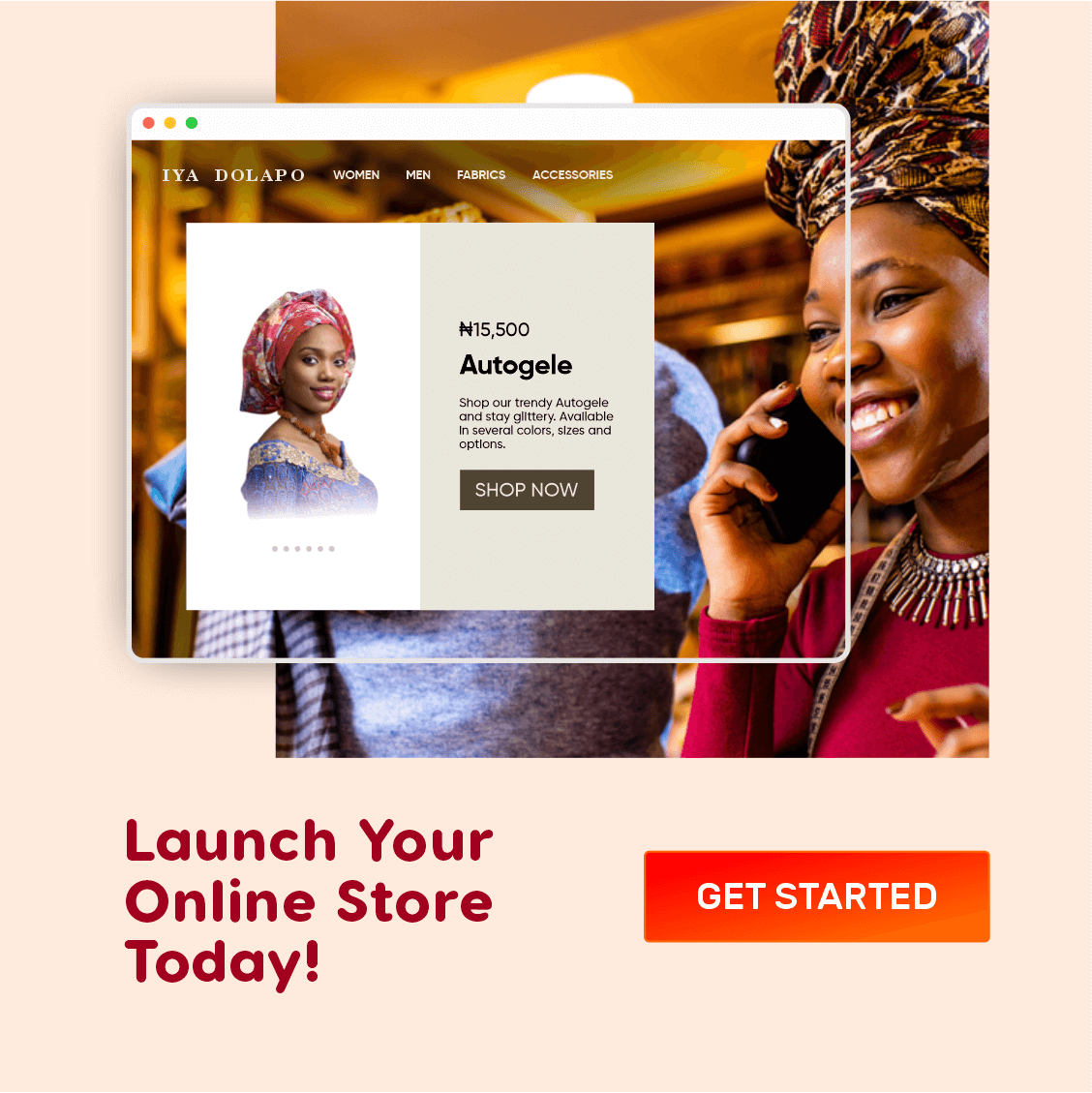Many small business owners assume that branding is something best left to the Apples, the Googles, and the McDonalds of the business world. But the truth is that regardless of how big (or small) your business is, if you’re in business, you need to think about branding.
Larger companies have more money to spend on branding. Nonetheless, you don’t need an Apple-sized bank account to start from scratch with a successful branding plan.
There are many things you can do to help your business stand out, attract customers’ attention, and make a lasting impression on them without breaking the bank.
Here’s how you can brand your business with these 8 simple branding tips that work all the time:
1. Be Open and Honest
Even if you don’t want people to know who you are now, soon enough, they will. As a result, always strive to create a brand that reflects your actual values and one you would be pleased to represent. That way, when information about you is discovered, no one is surprised because they already know, like, and trust you.

Sign card that reads “no free (Tarot) reading”. Freebie lovers, keep off.
2. Focus on One Audience
Remember that you know exactly who you want in your audience, and you’ll tailor all of your marketing materials to appeal to that one specific group. This implies you put your blinders on and don’t care about alienating a few people who might not buy your goods, instead, focus on appealing to a niche-specific target group.
Subscribe for updates
3. Send information to list members on a regular basis
Sending emails to list members on a regular basis is one approach to ensure that you stay in touch with your audience. One method to achieve this is to use the “newsletter” concept, giving a regular update of what you’ve shared across social media and your blog in one place.
4. Consider Sponsored Advertisements (Especially on Facebook, Instagram and YouTube)
The era of free marketing is coming to an end. It is possible to market free content, but it will take a long time. Spend some money on promotion, at least on these platforms, if you want to move things along faster. To ensure that your paid and free material is seen by as many people as possible, market it to your audience.
5. Use Your Blog to Share Long-Form Content
Longer blog posts are more crucial than ever before. When you upload extended content, it demonstrates that you’re an expert because you can go into great detail about a topic that interests your audience. It also gives search engines the impression that your site is authoritative.
6. Make your website mobile-friendly.
Today, a mobile-first strategy is more important than a “mobile-friendly” website. Your site must function both on and off mobile platforms, but if you design for mobile-first, it will also function and look great on non-mobile platforms.
7. Make Use of the Social Media Platforms That Your Audience Prefers
While you may want to be everywhere, focus on the platform that your target audience uses the most. You may need to experiment to see where you get the greatest traction, but if you do, make it your primary platform.
8. Participate in Live Events

Yusuf Odukoya, Founder and CEO of Branditechture at Alliance de Francais in 2021
This holds true whether the live event takes place online, such as a live webinar or a live YouTube event, or in person, such as a seminar or workshop. It’s critical that you follow your target audience.










